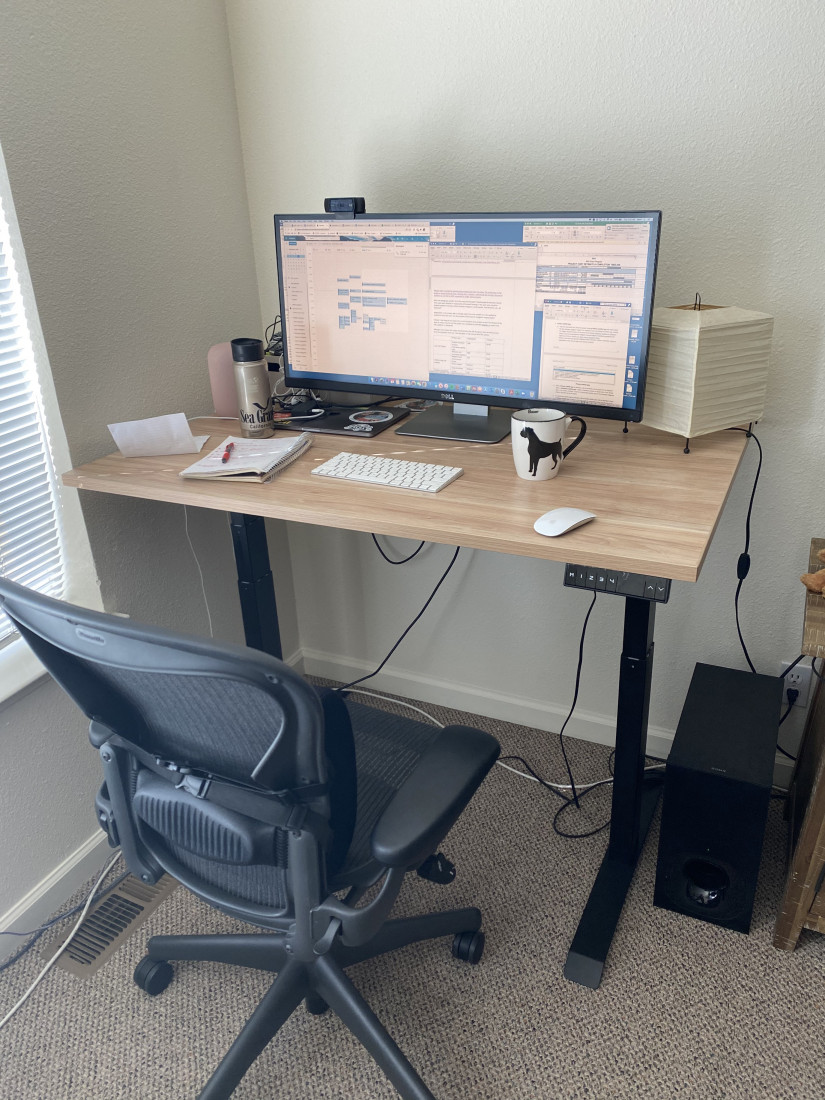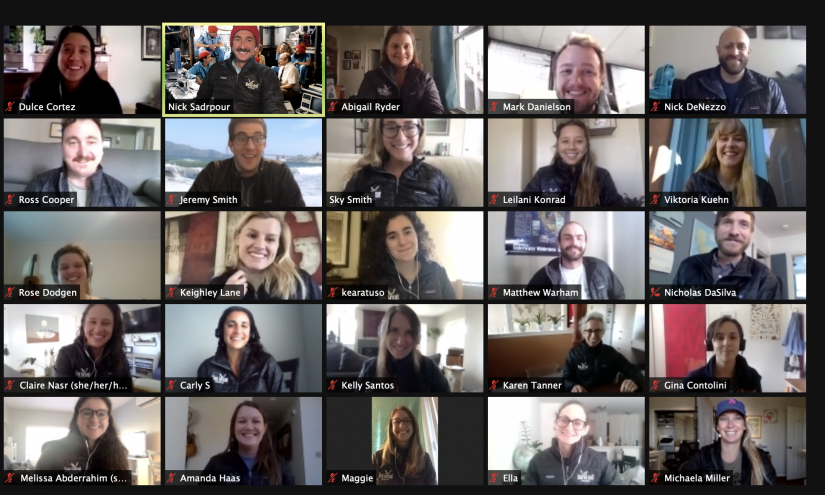So, you’re an entry level professional trying to gain traction in the coastal policy world, learn something new about climate change, or understand how to map fisheries with GIS? You know what would be helpful? A conference or summit on that subject matter! But since it’s 2020, and we all need to keep a solid distance from everything we love, let’s give those newfangled virtual conferences a shot.
As a California Sea Grant state fellow with the State Coastal Conservancy, I recently attended my first virtual conference: Restore America’s Estuaries (RAE), in October, 2020. I had the opportunity to listen to a number of sessions that ranged from wetland restoration and tidal ecology research, to adaptation and resilience strategies, to community engagement best practices and tribal outreach efforts. Each session was partly pre-recorded, with a live Q&A session at the end. Keynote speeches were recorded from the living rooms of high-ranking professionals. While it wasn’t the trip to Rhode Island, or the in-person networking experience it could have been, it was still enjoyable. That said, I wish I had known a few tips going into the conference to help me take away a great experience. So, here are a few pieces of advice on how to get the most out of your first virtual conference:
1. Any and all conferences that once seemed too expensive or too far away are now feasible!

Conferences are great opportunities to meet new people, network, share ideas, learn something new, and see a new place. For some people and agencies, travel can be a barrier. As a California Sea Grant fellow, conferences and events are valuable pieces of our fellowship. But fellows must decide how they want to use their funding—numerous local, inexpensive conferences, or one or two larger events where long distance travel is involved. During the Covid-19 pandemic, many of these conferences transferred to a virtual platform, eliminating the need for travel. Attendance was reduced to just a few hundred dollars, or in some cases, completely free of charge.
For example, when I first learned that the famed and reputable Restore America’s Estuaries conference would be held in Rhode Island in late 2020, I wasn’t sure if I would be able to attend. It would eat up nearly my entire travel stipend! But when shelter in place became our new normal, RAE went to a virtual platform, for a more manageable $350. While a trip to Rhode Island would have to wait, RAE was suddenly accessible and cost-friendly for young professionals like myself.
2. Be prepared for *another* new online meeting platform.
Zoom, Webex, GoToMeeting; we’ve struggled through them all. Big conferences like these will undoubtedly use a facilitated webinar platform to help handle the dozens of online sessions and hundreds of users – something we may not be familiar with in our day-to-day remote office work. So, when the conference administrators give you a link to the platform or online service, download it, and take it for a test drive. Don’t forget that the first time you use it, you may need to create an online account, enter hard-to-locate ID numbers or codes, and navigate complicated online sites to find the links to your desired webinars. Figuring this out during the first few minutes of the keynote speaker may set you behind and cause you to miss crucial conference guidance. Do it early!
3. Clear your work schedule and turn off your email notifications.
Whether the conference is half a day or 3 full days, don’t forget to put your mindset in conference mode. Pretend you are in a crowded auditorium with a bunch of people you’ve been emailing for months, and finally just met. Pretend your computer is not open in front of you, with email and text notifications still alerting you of unfinished projects and unanswered questions. Focus on the presentations, the information, and the people in the virtual webinar with you. Find a few people who have interesting titles or organizations and reach out. Ask the presenters questions. Engage yourself and lean into this virtual conference. Don’t forget – you still paid to participate in this event! You may not be in Rhode Island eating lobster, but you are still able to get most of the benefits of a real conference.
4. Meet people.
Yes, it is possible to “meet” people through virtual meetings and conferences. Send someone a message and ask for a follow up chat about an opinion or question they posed. Most people are in the same boat as you: wishing this event was in person, not understanding how the “network opportunity” promised after each session is going to work, and curious who else is logged in. So be bold, ask someone how they are enjoying the conference, or what they thought of the presentation. You have nothing to lose! They may not be interested in talking, but what’s it to you? You may never see them in person, anyway.
Some online virtual conferences also give you the opportunity to explore an ‘expo center’. These spaces are intended to replace booths and informational tables that conferences often have for wandering and chatting. You can still ‘meet’ people, gather info about a new organization, or even job hunt!
5. Learn something cool about coastal policy, climate change, or GIS and fisheries.
I hope this goes without saying, but don’t forget to choose interesting webinar sessions and pay attention to the content. Read the slides, take notes, think about the new concepts. Sure, you can walk away with 3 days of goofing off and a lame attempt at conference attendance, or you can dedicate yourself, feel good about committing to learning, and apply the conference content to your work and projects. Just like so much of our work, especially as a Sea Grant fellow, you will get out of it that which you put in.
And if you can, don’t forget to treat yourself to conference perks: coffee, pastries, catered lunch, and maybe a happy hour drink, or two.
